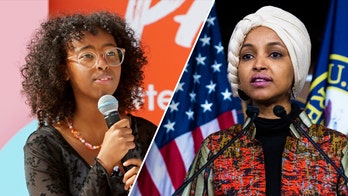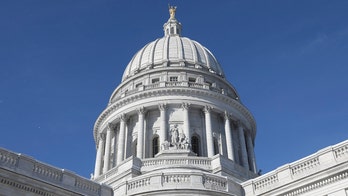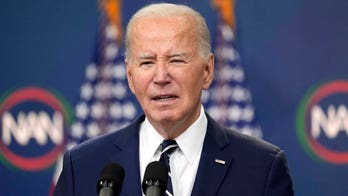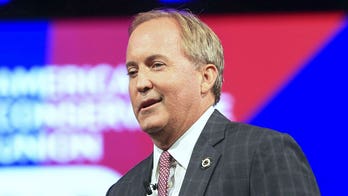If you own a phone, you're paying for the fastest growing welfare program in the U.S.: free cell phones for low-income Americans.
The program, which is paid for through a tax on all home phones and cell phones known as the Universal Service Charge, is expected to exceed $1 billion this year, according to Erik Iversen, spokesman for the Universal Service Fund, the quasi-governmental agency set up to administer the program.
That's up almost 20 percent over last year. And in some markets, the number receiving this benefit is exploding, up 600 percent in New Hampshire and up 900 percent in New Jersey in just two months, according to government figures.
"The reality is this is just frosting on an enormous cake," says Robert Rector, an analyst with the Heritage Foundation. "We spend over $800 billion a year providing various types of assistance to the poor. That's one dollar in every 20 in this economy. It's huge and we really can't afford it."
The goal of universal access to telephone service began in the 1930s for rural Americans and expanded to low-income individuals in 1997. The Federal Communications Commission approved the subsidy for cell phones under President Bush in 2008. Growth was slow until TracFone, a company out of Miami, figured out a way to use the $120-a-year government subsidy to provide a free phone and 60 minutes of free monthly service. Heavily promoted on television, the SafeLink program is a hit with eligible Americans.
"If they would give us free phones, that would be fantastic," said Lester Frasier, outside a welfare center in Los Angeles. "It will free up more money for me, that's one less bill for me."
While all 50 states currently use money collected from the Universal Serivce Fund for home phones, just 19 states have approved the subsidy for cell phones. California officials are considering it, but even advocates have concerns.
"Those who currently qualify for the land line subsidy might prefer, like everyone one else, to have a mobile phone," says Bill Nussbaum of the Utilities Reform Network. "But from a public safety perspective, what happens when the mobile phone leaves the house? When there is an emergency? What happens when the power goes out? Those are concerns."
Qualification for the subsidy is dependent on income. However, if a person is already enrolled in any of the popular federal welfare programs such as Medicaid, food stamps, low income housing, or the free school lunch, they are automatically eligible for a free cell phone. The cell phones are invaluable to many people trying to get contract or short-term work who do not have a phone number in their homes.
What concerns critics most is fraud. The program is supposed to be "self-verifying" -- that is, as long as a person claims they qualify for the subsidy, no government agency is auditing or enforcing the subscriber rolls.
"We are focused on the carrier and making sure the carriers are submitting the proper information to us," says Laura Bettencourt, an administrator of the Universal Service Fund. "We are not focused on the subscriber."
Rector says no one is guarding the hen house. So if an individual signs up for the program while on food stamps, then gets a job, no regulatory process exists to assure the subsidy ends.
"It certainly is a recipe for fraud, and one major problem with this type of program is that it doesn’t create any incentive for additional work or for moving toward self sufficiency," said Rector.




